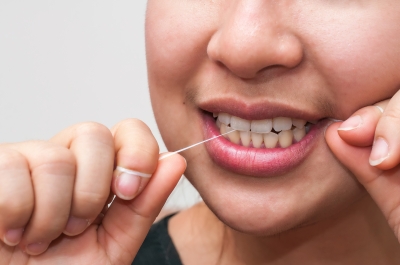Your kitchen blender does a good job of crushing ice, but your teeth are not.
Many children, and even adults love chewing ice, especially during summer. This is also the season where dental clinics are stormed with patients complaining of broken teeth and gum pain. Chewing ice can cause several negative effects to your mouth:
It can destroy orthodontic appliances. Braces and retainers are necessary to achieve a properly aligned teeth and bite. However, despite their durable material and secure attachment, eating ice may damage these dental appliances. You may dislodge the wires on your braces or damage your brackets, which can cause unnecessary trip to your dentist. If your child is wearing braces or retainers, tell him/her the possible risks of eating ice.
It can damage tooth enamel. The tooth enamel is a strong, resilient substance of the human body but chewing ice can potentially damage this part. Your tooth enamel protects your teeth from acid attack and cavities.
Teeth may crack or chip. Our teeth tend to be strong and resilient but they are not intended to break hard objects such as ice. Crunching ice can break or crack a tooth, which leads to unnecessary trip to a clinic to repair it. If a tooth chipped, save the chipped part and place it in a bag of milk. Head immediately to your dentist to fix a broken tooth.
It can damage dental fillings. Fillings can be dislodged by eating hard objects like ice.
It may affect tooth sensitivity. Eating ice can damage tooth sensitivity and may even cause sore jaw.
What Should I Do?
Crunching ice is usually a subconscious habit that many children don’t mind. But as a parent, always remind them about the risks and potential problems that may arise from chewing ice in order to prevent this habit. Chewing ice can lead to unnecessary dental trips.
To feel refreshed, rather than eating large chunks of ice, we recommend allowing ice to just melt in your mouth, like a cool candy. Or you may offer apple chunks or baby carrots for kids wanting some crunch.


























